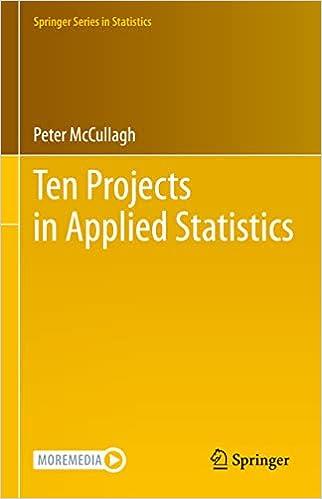The parameters (omega, ho) of the Gaussian process are two points in (mathbb{R}^{3}), which determine the frequency
Question:
The parameters \(\omega, ho\) of the Gaussian process are two points in \(\mathbb{R}^{3}\), which determine the frequency and direction of spatial anisotropies in the given frame of reference. In the rotated frame of reference, the values are \(R \omega, R ho\). Hence justify the claim that the matrix-valued covariance in Exercise 16.20 is the covariance function of a hydrodynamic process at a fixed time.
Data From Exercise 16.20
For each \(v>0\) and \(\omega \in \mathbb{R}\), the Matérn function \(M_{v}\left(\left\|t-t^{\prime}ight\|ight) e^{i \omega\left(t-t^{\prime}ight)}\) defines a stationary complex Gaussian process on the real line with frequency \(|\omega|\). Show that the conjugate process \(t \mapsto \bar{Z}(t)\) has the same distribution as the reversetime process \(t \mapsto Z(-t)\).
Step by Step Answer:






